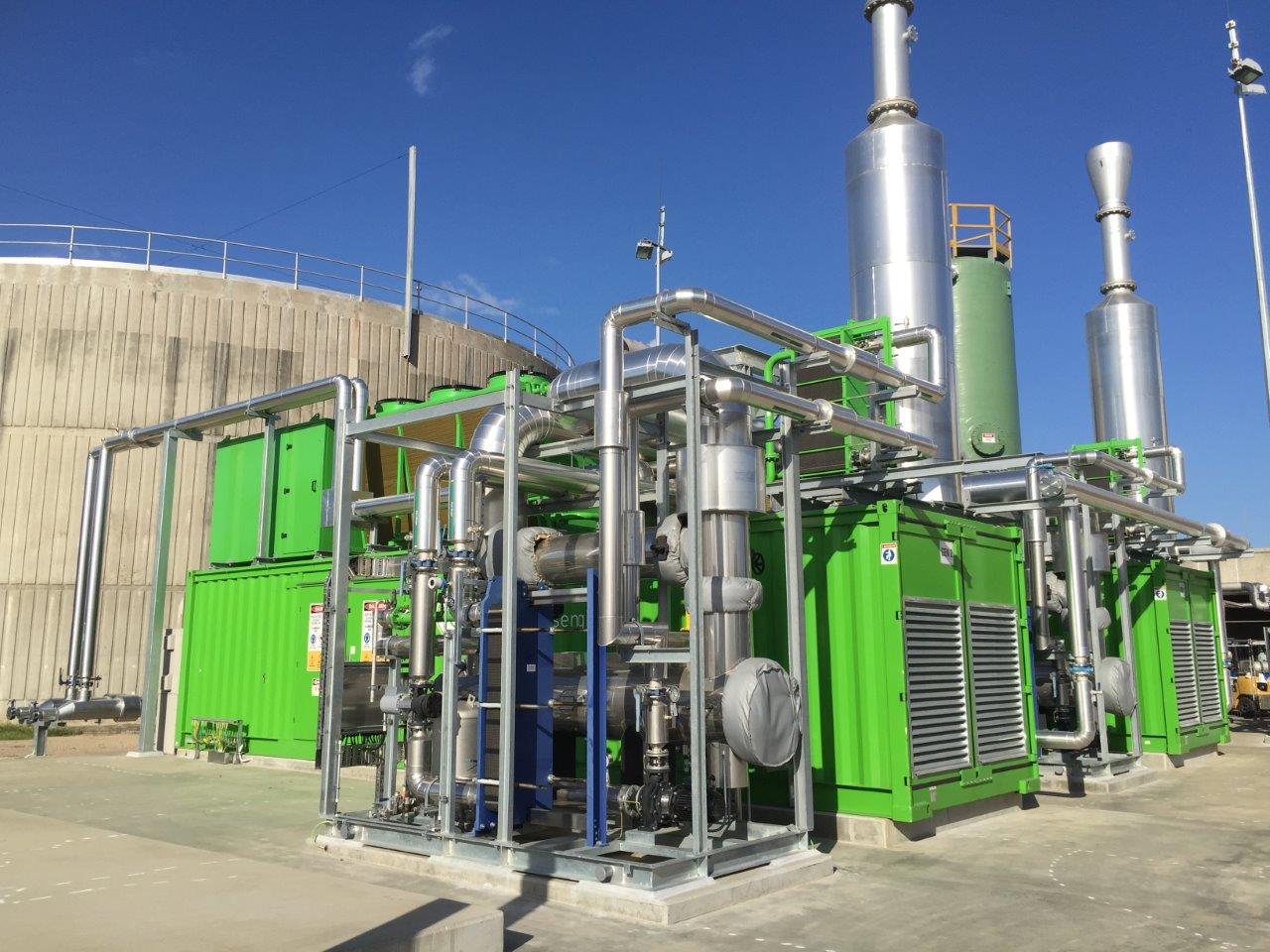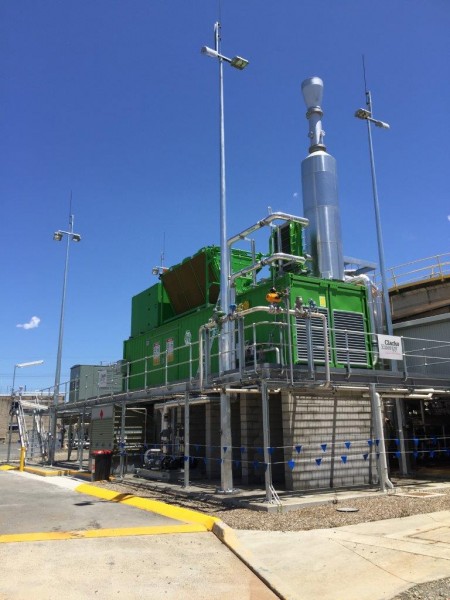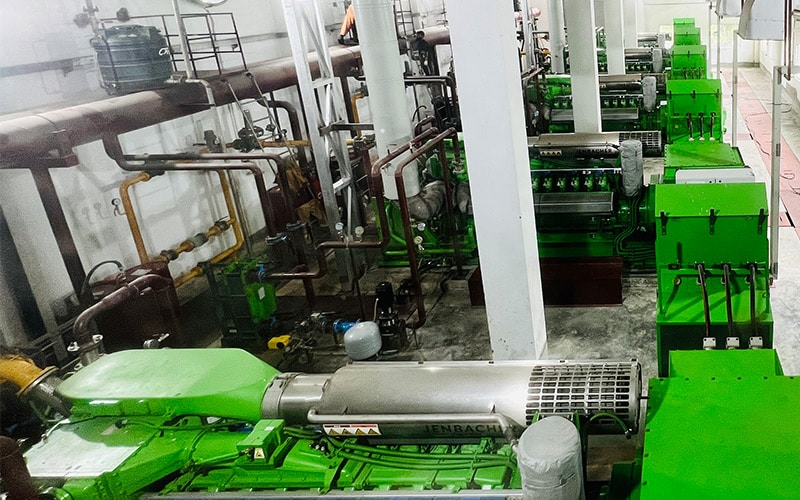
Luggage Point wastewater treatment plant sewage gas cogeneration facility, Queensland Urban Utilities
ADELAIDE, AUSTRALIA: Clarke Energy has been commissioned by Queensland Urban Utilities (QUU) to supply two sewage treatment plants (STPs) with new sewage gas cogeneration units in Brisbane.
- Clarke Energy assisting Queensland Urban Utilities with replacement of equipment damaged in 2011 floods.
- Sale of three of GE’s containerised Jenbacher biogas cogeneration units to two waste water treatment plants at Oxley Creek and Rocklea
- Units will supply 3.6MW of renewable electricity enough to power in excess of 9,000 homes
During the 2011 Queensland floods, some areas of the Oxley Creek STP in Rocklea were flooded, causing significant damage to the existing Jenbacher cogeneration engine and related plant which had been operating for over a decade. QUU opted to replace this equipment, and at the same time sought to replace the aging engines at the Luggage Point STP in Pinkenba.
In 2013, Clarke Energy was awarded the contract to provide new Jenbacher cogeneration equipment from GE at both sites. Clarke Energy is delivering these turnkey design and construct solutions including engine auxiliary equipment, purpose-built gas conditioning, and heat recovery equipment. The project scope also includes civil, mechanical, and electrical integration with the existing brownfield sites.

Oxley Creek Wastewater Treatment Plant Sewage Gas Cogeneration Facility, Queensland Urban Utilities
At the Oxley Creek STP, GE’s Jenbacher J420 containerised generator module was selected. This engine is larger than the original unit and is capable of generating up to 1.4MW of electrical output. It also captures up to 746kW of renewable heat in the form of hot water, which is used to warm the STP’s digesters.
At Luggage Point WWTP, two of GE’s Jenbacher J416 containerised generator modules were selected. This power plant can generate up to 2.2MW of electrical output and a further 2.2MW of thermal energy in the form of hot water used to warm the digesters.
The generator modules are fuelled by biogas generated from sewage in STP’s anaerobic digesters. This biogas is treated using a resource-efficient biological scrubbing solution in which specialised bacteria consume the corrosive hydrogen sulphide gas and convert it to a form that can be used in soil fertiliser. The biogas is then conditioned to regulate temperature and remove excess humidity to further reduce its potential to cause corrosion.
While digester gas production rates can be highly variable, the engines are also able to operate using mains natural gas only, or a blend of both gas types. This gas blending capability allows constant and predictable electrical output while maintaining high fuel efficiency and maximising the benefit of the biogas resource.
The electricity generated provides power to each STP site, and any excess power is exported to the local grid. By using the engine waste heat to warm the digesters, QUU can increase biogas production and reduce natural gas importation requirements.
The cogeneration systems at both sites are expected to be commissioned and in operation before the end of 2014.
Commenting on the project, Clarke Energy’s Managing Director, Greg Columbus said,
“We are delighted to be once again providing renewable power generation equipment for use in Brisbane and helping reconstruction following the floods. These sewage gas engines are able to provide stable base-load renewable energy for the local area.”
The Oxley Creek STP and Luggage Point STP cogeneration upgrade projects allow that QUU will continue to efficiently provide wastewater services to the Brisbane area using onsite biogas to energy generation.




